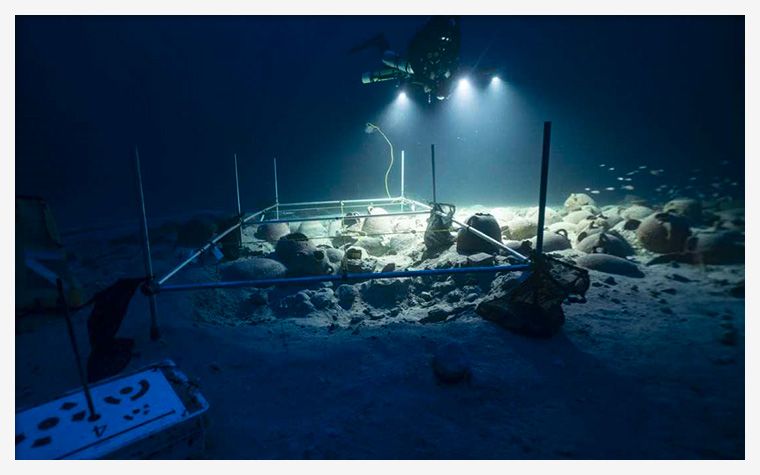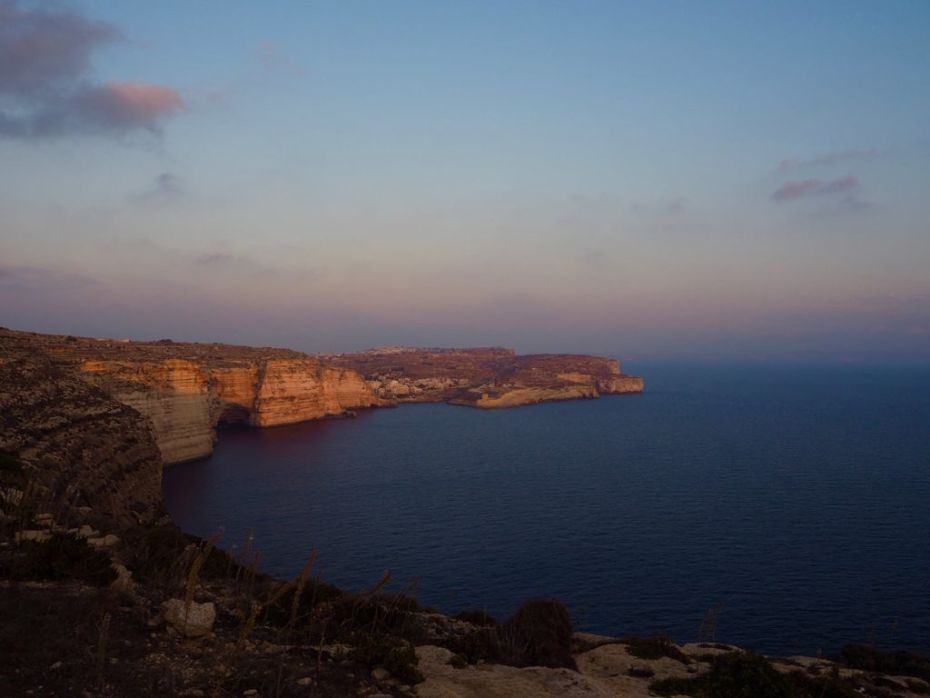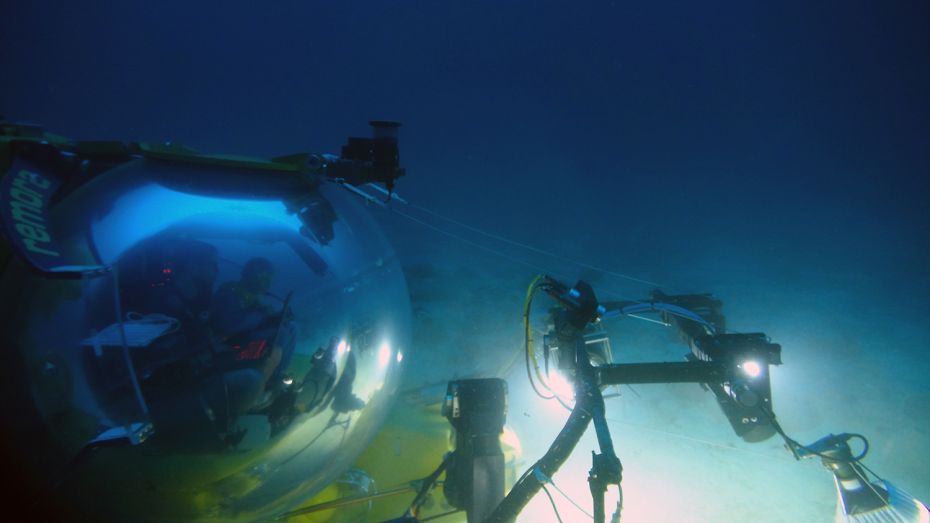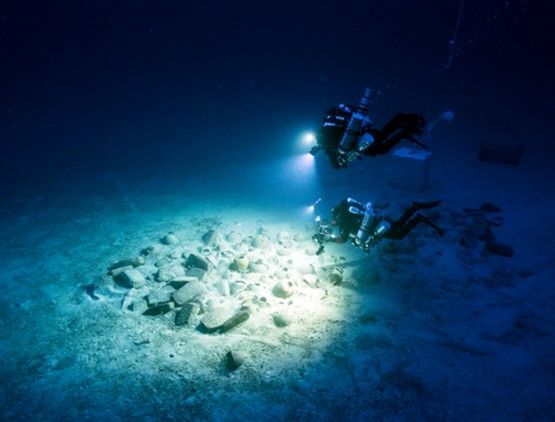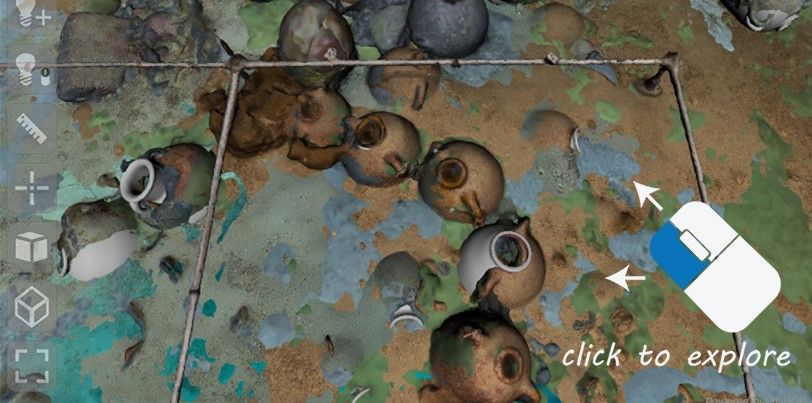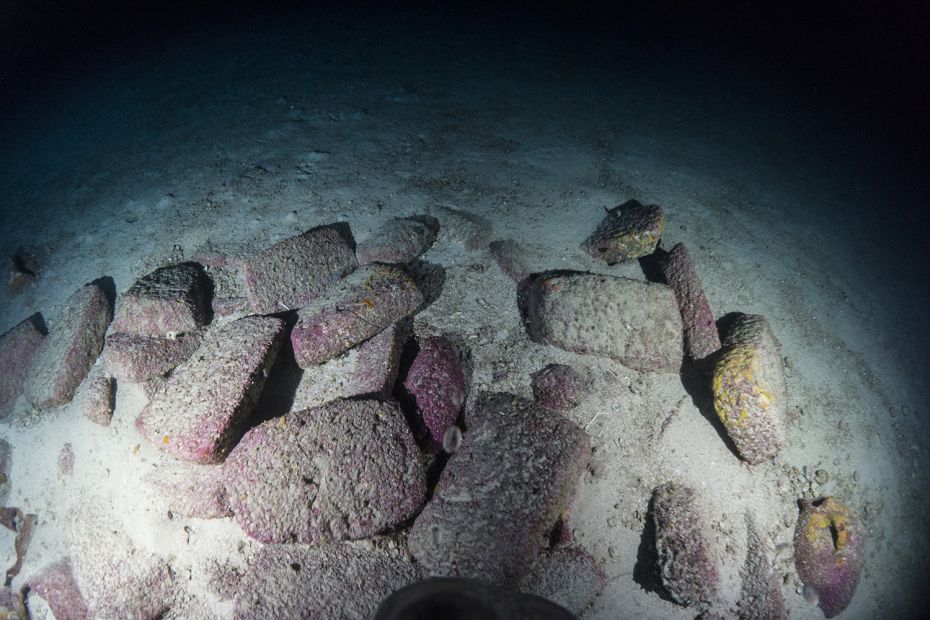This shipwreck consists of a very well preserved cargo made up of various objects. Indeed it is to date the only well-preserved mixed Phoenician cargo to be discovered intact.
Excavating a Phoenician shipwreck
Situated at a depth of 110m off Xlendi Bay in Gozo (Malta), the Phoenician shipwreck consists of an intact and well-preserved mixed cargo datable to the 7th century BC. The mixed contents of stone and ceramic objects are shedding light on the economic history and trade networks of the Central Mediterranean during the Archaic period. In addition to the archaeological benefits – including the study of hitherto unknown ceramic typologies as well as a wide variety of scientific tests in the post excavation phases – this site presents other challenges and opportunities regards methodologies and access, as well as the communication of such a site.
Ceramics are concentrated in the middle part of the shipwreck and include amphorae from various parts of the central Mediterranean, as well as various types of urns. Both extremities of the ship are laden with saddle querns. These were used as grinding stones for the preparation of food. The fact that these stones are not worn down in any way, clearly indicates that they were brand new. Tests carried out on the volcanic rock have confirmed Pantelleria as the place of origin for these querns.
Ontology and Photogrammetry (GROPLAN Project)
The survey of the current state of this shipwreck has been achieved through an automated process, departing from the recognition and localization of amphorae and other manufactured objects visible on the surface layer.
To achieve this full automation objective we develop an original approach of underwater photogrammetry deployed from a specific instrumental complex implemented with the resources of the company COMEX. This photogrammetric approach is supported by a body of archaeological knowledge formalized in an ontology, both from the points of view of theoretical and geometrical conception of the artifacts and components involved, within the ontology developed - trades is implemented to support and guide the process of measurement and exploitation of this measure.
This work was initiated by a project founded by the ANR (GROPLAN Project – 2014-2018) led by Pierre Drap (LIS, Marseille).
Project Director
Timmy Gambin (University of Malta)
Archaeology
Jean-Christophe Sourisseau (AMU - CCJ)
Maxine Anastasi (University of Malta)
Photogrammetry and 3D visualisations
Pierre Drap (CNRS - LIS)
Kari Hyttinen (University of Dundee)
John Woord (Computime Software)
Dive Safety Officers & Videography
Dave Gration (Rebreatherpro-Training)
Gianmichele Iaria (Oloturia Sub DC Messina)


